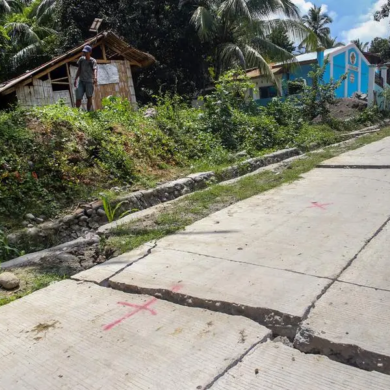In its current state, social media has made it far too easy for cybercriminals to exploit platforms to sway public opinion. According to a previous study on platform manipulation, the problem is particularly pervasive in non-Western nations, where it is compounded by the lack of attention by social media firms.
Considering this, G5iO conducted a thorough investigation into how certain right-wing actors (namely, Tehreek-e-Labbaik Pakistan) openly and without repercussions misuse social media platforms, particularly Twitter.
Methodology
To explore platform manipulation, four recent hashtags that were trending on different days between the 19th and 24th of October were considered. The fourth hashtag was chosen solely to demonstrate how an organically trending topic differs from those that are pushed with malice.
Analysis
The following graphs show the three hashtags that TLP used, and while each one was trending on a separate day, they all follow a similar pattern in which there is a rise early in the day and then it fades away as the day passes.
At the top of a trending hashtag, more than 400 tweets were produced each minute or almost 7 tweets per second, the uniformity in pattern suggests a determined and organized attempt to push a given narrative.
In contrast, the dialogue about the Financial Action Task Force (FATF) decision to retain Pakistan on the “grey list” sparked an organic debate on Twitter. Even though it was 25% smaller in number than any of the above hashtags, it evolved at a natural pace with repeated crests and troughs.
Feature Analysis
It was also looked at how different Twitter features were being used to magnify specific material and how many people were participating in the debate. The graph below clearly shows the inorganic nature of the various hashtags under investigation.
More than 64% of unique users have joined the conversation using the hashtag #FATF. This implies that a small number of people use Twitter to push and amplify their narrative by abusing the platform’s affordances and capabilities.
User Analysis
The date of joining of Twitter users was also taken under consideration to understand if TLP is behind the creation of new accounts to amplify their hashtag and narrative. The chart below compares four graphs, each of which corresponds to the hashtag under consideration.
The three trends run by TLP confirm the premise that they create accounts in bulk prior to the start of each campaign. The accounts are utilized for amplification, although some of the accounts that are left unchecked by Twitter or do not get banned continue to participate in additional TLP activities.
Bot vs Human
The study employed a network analysis approach to assess the prevalence of humans and bots across four trends.
A random sample of users was collected from each network graph to determine the prevalence of humans and bots. The red, orange and yellow dots indicate whether a user is a bot.
As a result, the structure provides us with additional indications to determine whether the activity on a specific hashtag was coordinated. Coordination is indicated by the close connections between numerous nodes (circles).
The structures demonstrate that TLP trends show coordinated platform manipulation due to the network’s lack of sparsity, which means that everyone or most of the nodes (users) are linked to each other either by retweeting the same content or liking tweets by users in the same network.
The FATF network, on the other hand, appears to be quite sparse, with fewer connections and more green and blue dots indicating the preponderance of human-like accounts (users).
Conclusion
It is to take into consideration that Social media companies need to take an active sight to prevent the manipulation of their platforms. The platforms in their autonomous ways also need to pay attention to international right-wing actors. Social media companies can be greatly helped if they incorporate governance structures in the countries they operate.



